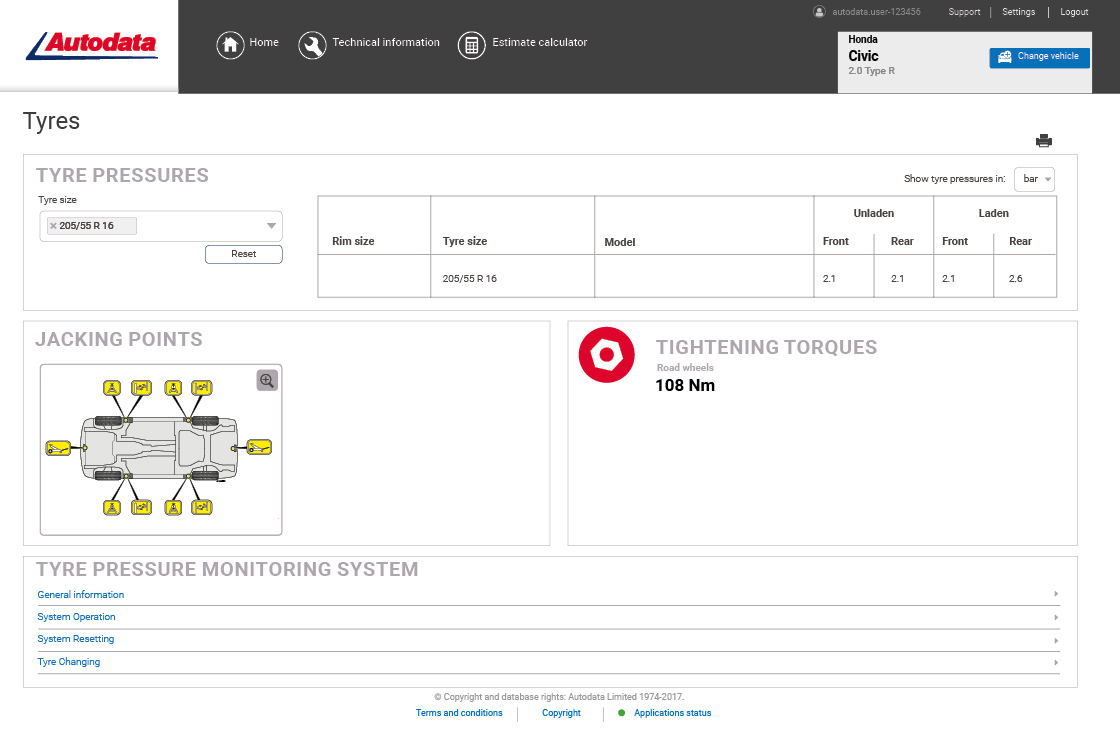Autodata launches ‘Tyres’ module
 Autodata says its subscribers can now find all the tyre-related technical information and procedures they need in half the time
Autodata says its subscribers can now find all the tyre-related technical information and procedures they need in half the time
The fourth new module released by Autodata this year is a particularly interesting one – this exclusively tyre-focused module has been developed to provide all the technical information professional technicians require to remove and replace tyres quickly and safely for more than 99 per cent of vehicles on the road.
Autodata says its subscribers can now find all the tyre-related technical information and procedures they need in half the time, allowing technicians to “spend more time replacing tyres and less time searching for technical data.”
The new ‘Tyres’ module gives technicians quick and easy access to vital technical information, including tyre pressures, tightening torques, tyre pressure monitoring system information, jacking point locations, and jacking mode procedures; all in one easy-to-use technical information module. As well as easy access to essential tyre data, technicians are now able to quickly search for tyre information by size, convert the tyre pressure unit of measurement (PSI ⇆ Bar), and use an in-page menu that allows technicians to quickly switch between any vehicle variants, such as body type.
The automotive industry is advancing at a rapid rate and tyre technology is no different. Over the last decade, we have seen tyre technology such as TPMS become mandatory and self-sealing tyres become popular on road vehicles. As cars become more connected over the next few years, we expect to see even more modern tyre technology on popular everyday vehicles. Autodata is working closely with OE manufacturers, developers, and technicians alike to ensure that workshops have the information they require to carry out diagnostics, repair, servicing, and maintenance of even the most complex vehicles.
“Tyres play an essential role in road safety so it’s important that they are well-maintained and installed with precision,” says Max Lienard, Chief Strategy & Innovation at Autodata. “Not only does our new Tyres module provide the information to maintain and install tyres quickly, technicians can be confident that the technical information is always up-to-date and precise.”



Comments